Laser hair removal uses laser light pulses to selectively destroy actively growing hair follicles by targeting the melanin (color) in them. The melanin in the follicle absorbs the energy from the laser light pulse. This heats up the hair enough to destroy the cells that are responsible for hair growth.

To understand how laser hair removal works you first must understand a little bit more about the anatomy and physiology of hair and how it grows.
Hair growth has three stages.
Stage 1
The Anagen stage of hair growth is when the hair is in its prime state to be treated. During the anagen stage, the root is attached to the papilla (blood supply responsible for hair growth).
Stage 2
The Catagen stage is when the root detaches itself from the papilla and the hair begins to move up the follicle wall. The lower portion of the follicle collapses which makes it more difficult to reach the papilla, and kill the germinating cells.
Stage 3
The Telogen stage is when the hair detaches from the base and stops growing. It is retained in the skin until it eventually sheds. Once the hair falls out on its own, the hair may be dormant for a couple of weeks to about 4 months. It may also begin producing a hair right away. It is not possible to successfully treat a hair in this stage with electrolysis or laser.
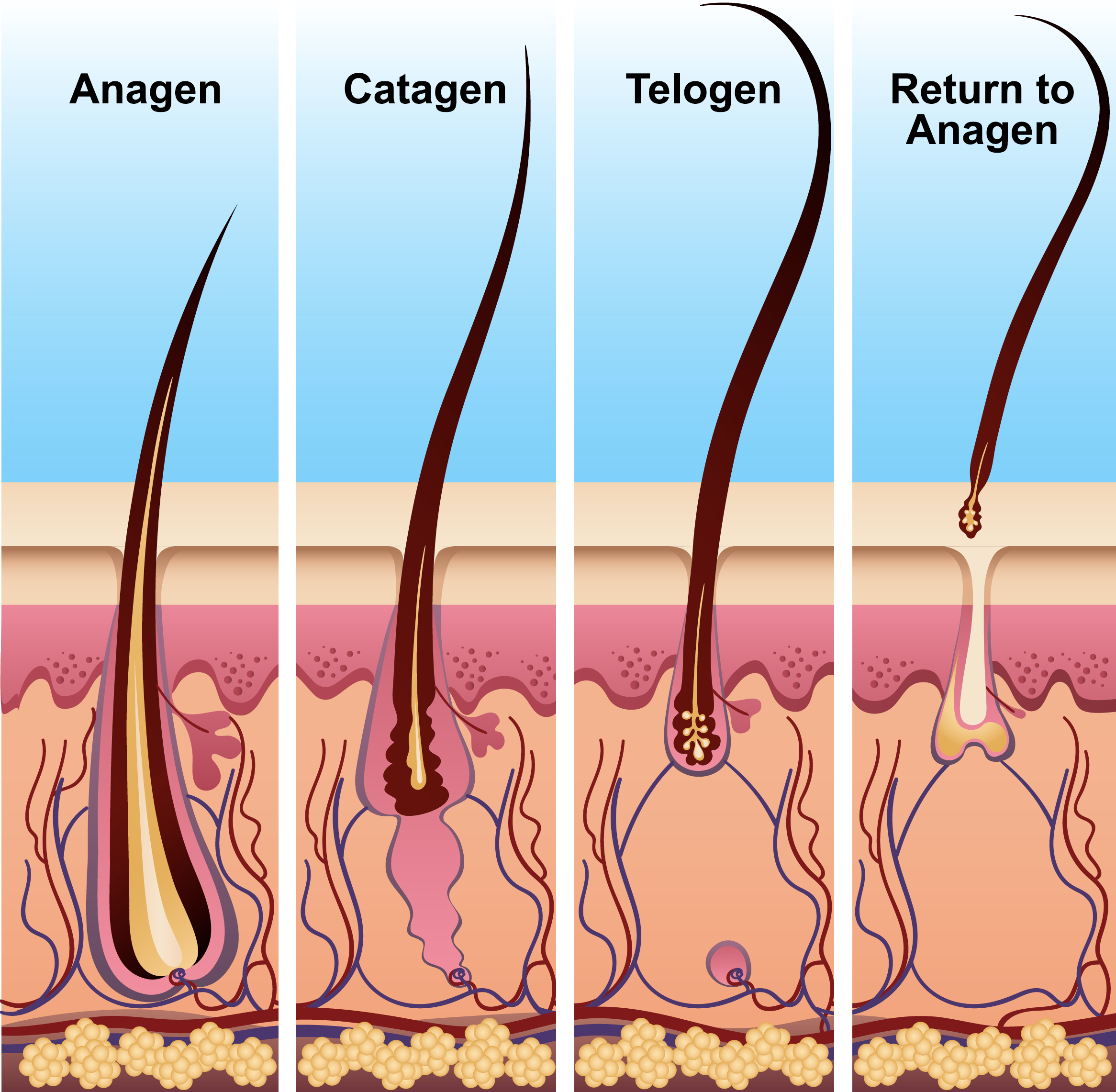
Goal of Laser Hair Removal
The goal is to treat the hairs while they are in the earliest part of the anagen stage. Since all of your hairs will be in different stages of growth at any given time, it is important to treat the hairs at the recommended growth cycle for each area. For example: Face, underarms, bikini – 4-6 weeks between treatments Back, chest, legs – 6-8 weeks between treatments
In order to have the best success of eliminating the hairs permanently, it is recommended to stick to the schedule of the hair growth cycle. Otherwise, you miss the optimal time to disable the follicle, thus extending the time needed and the number of sessions required to permanently remove the hair.
Every person, however, has varying growth cycles due to hormone changes and other factors that stimulate the blood flow to the hair. This being said, you may need to come in sooner than typically recommended if your hair grows faster.
When you start treatments, when there is more growth, you will need to come in more frequently and stick to the recommended treatment schedule. However, as you notice the growth slowing and less hair coming in, you can wait longer between sessions.
The pain threshold is different from person to person. However, there are things one can do to make a huge difference in pain tolerance. Following these guidelines will help.
Laser hair removal has come a long way. Since the first laser was developed in 1960, lasers have progressed well into the 80’s and 90’s. The “first-generation” of hair removal lasers were much too powerful. The original hair removal lasers were made to only target the melanin (color) in the hair. Unfortunately, this resulted in the laser targeting the melanin in both hair and skin. Someone with a darker skin tone had a higher risk of burning the skin, instead of just treating the hair color in the follicles.
Other hair removal lasers were experimented with in the 1970’s and they were able to treat more lightly colored hair, leaving the skin unaffected. Though these lasers became safer for the skin, they tended to under heat the follicles which was not effective in treating hair permanently. The next generation of hair removal lasers solved that problem. The future laser technology became more “intelligent” in recognizing the difference between the skin and the hair. The new hair removal lasers target deeper into the hemoglobin or blood level and bypass the melanin in the skin. This ultimately is a more permanent method of hair removal for darker, deeper-rooted hairs and avoids side effects such as burning the skin.
Operator error is still possible with this new-found technology. In 1975, Dr. Thomas Fitzpatrick, a known dermatologist, created what has become known as “The Fitzpatrick Scale.” This scale classifies human skin color to help determine your skin type and settings used in laser hair removal. This new technology of lasers that are “targeted” to go “deeper” into the blood level is also great at treating vascular lesions such as spider veins, rosacea, and birthmarks.
Interestingly, laser hair removal was discovered because of lasers that were being experimented with to treat vascular lesions. It was during the process of testing that it was noticed that hair wasn’t growing back in those areas that vascular procedures were being done, so by happenstance this is how laser hair removal was born.
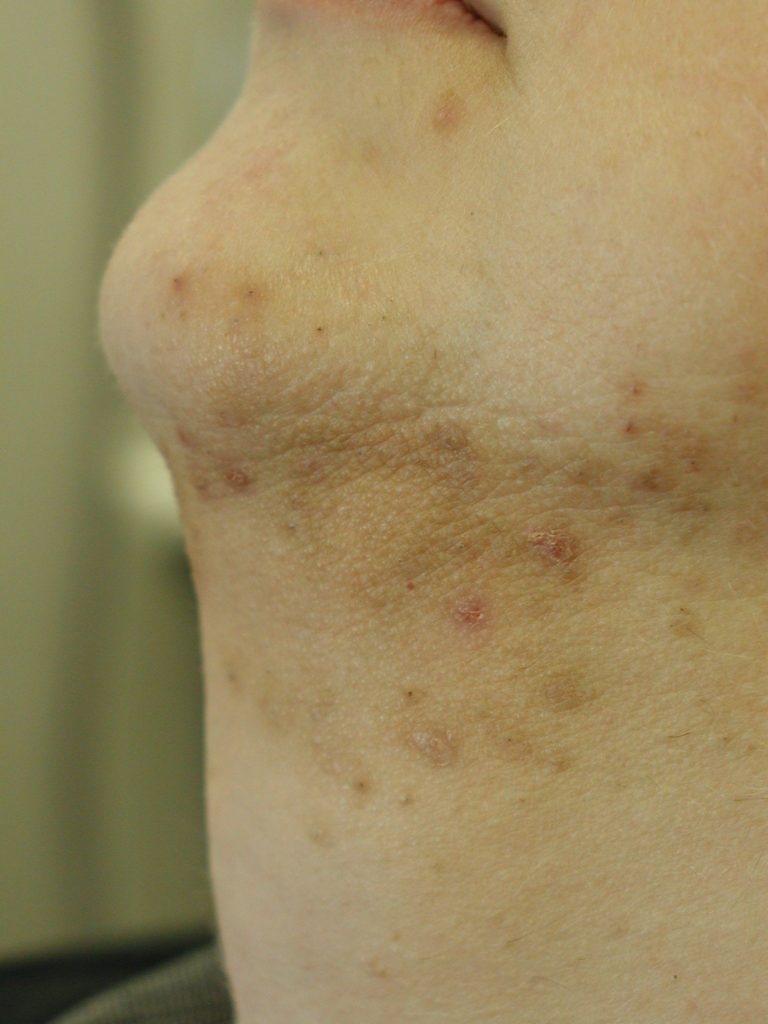
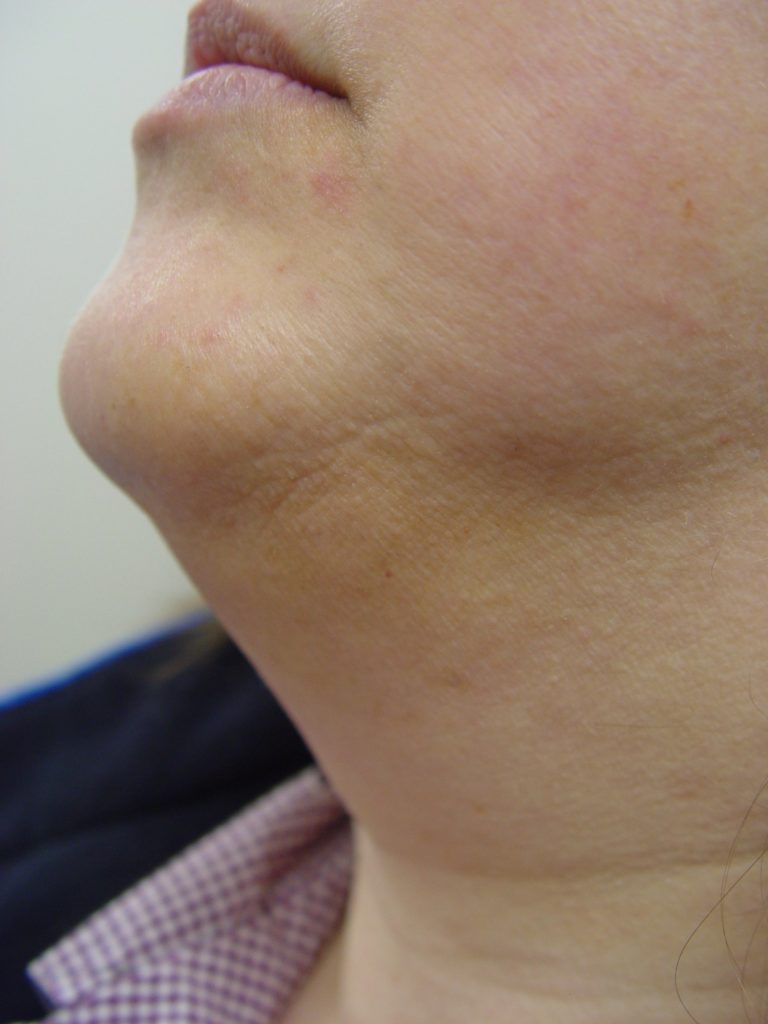
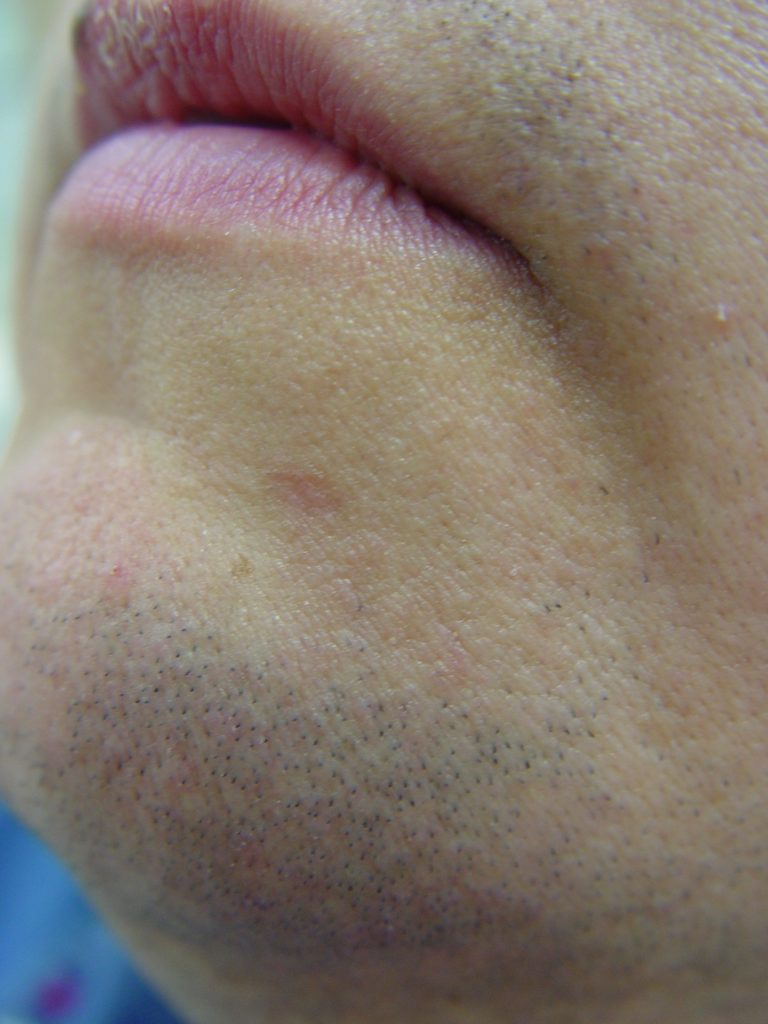
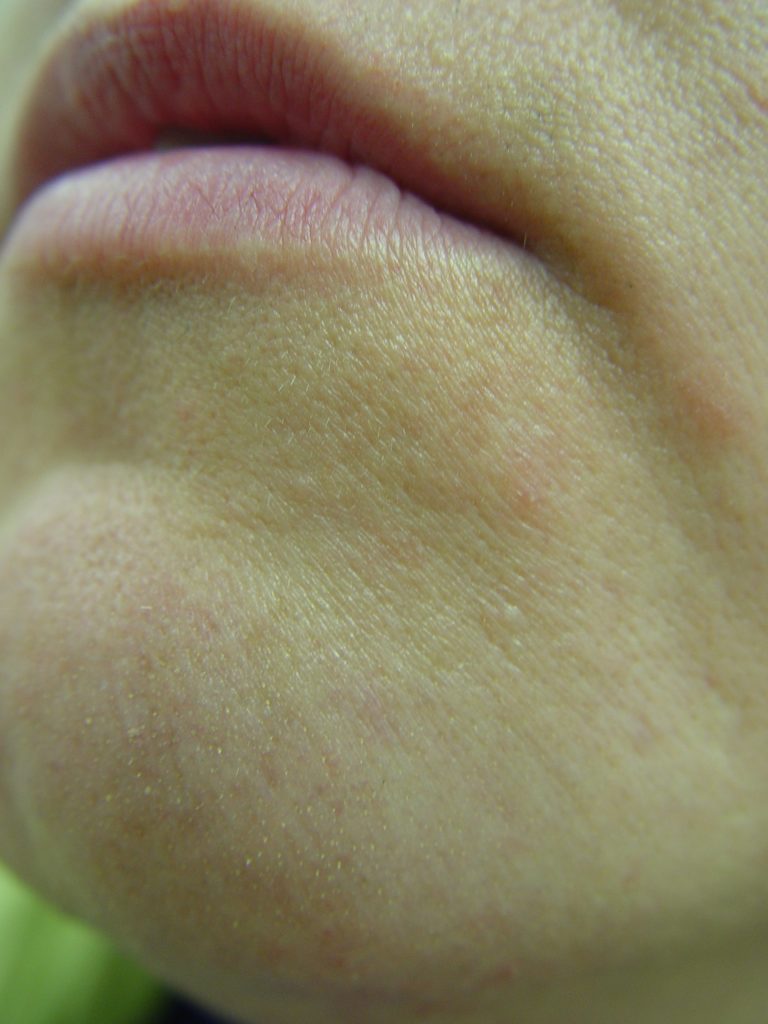
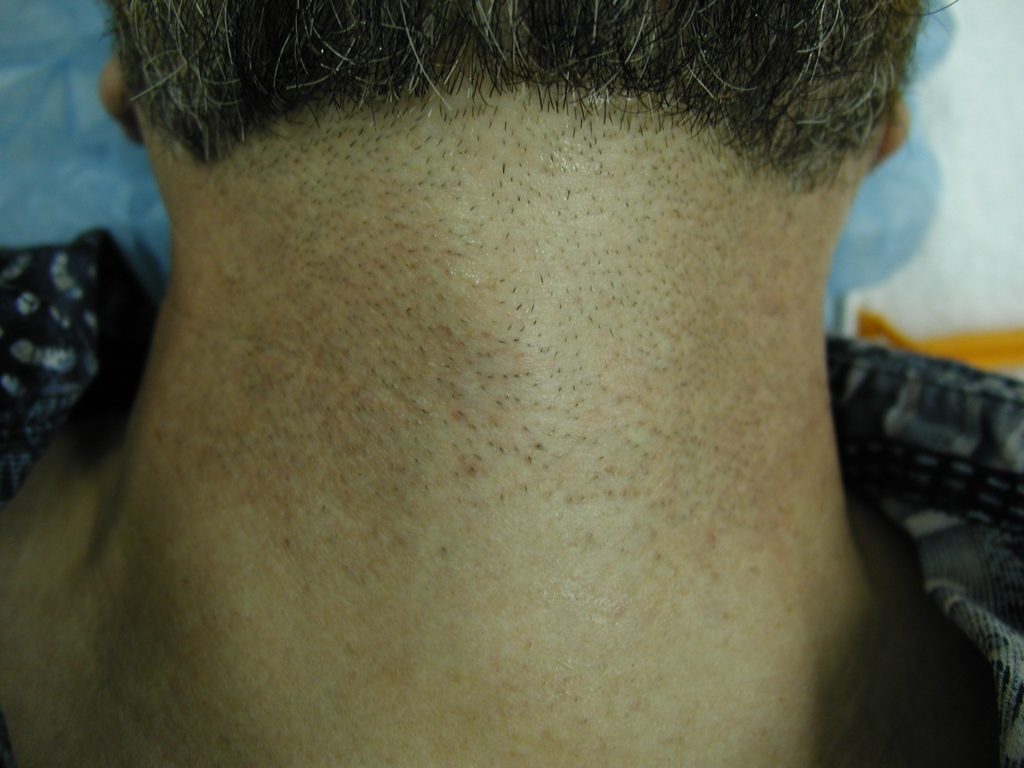
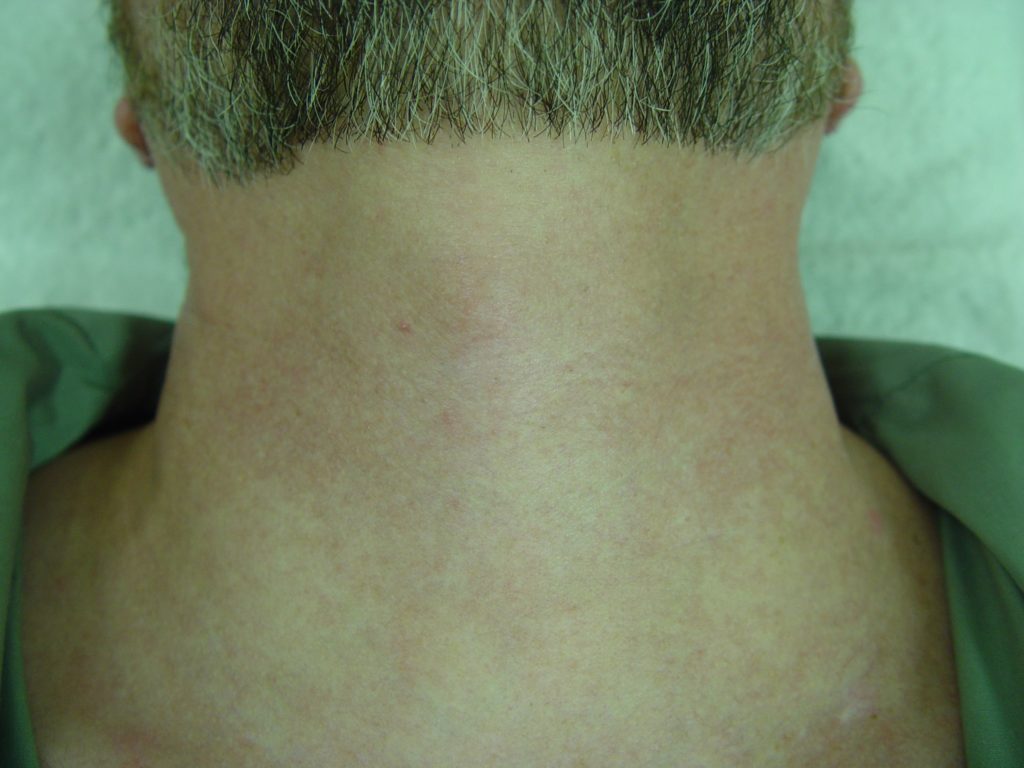
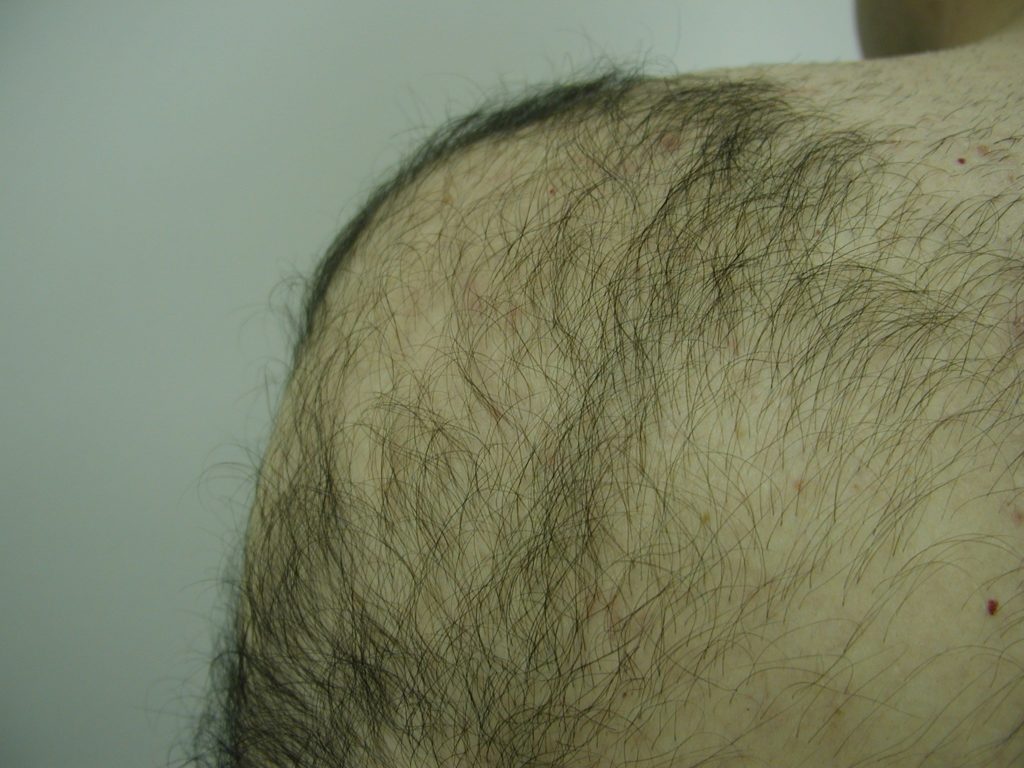
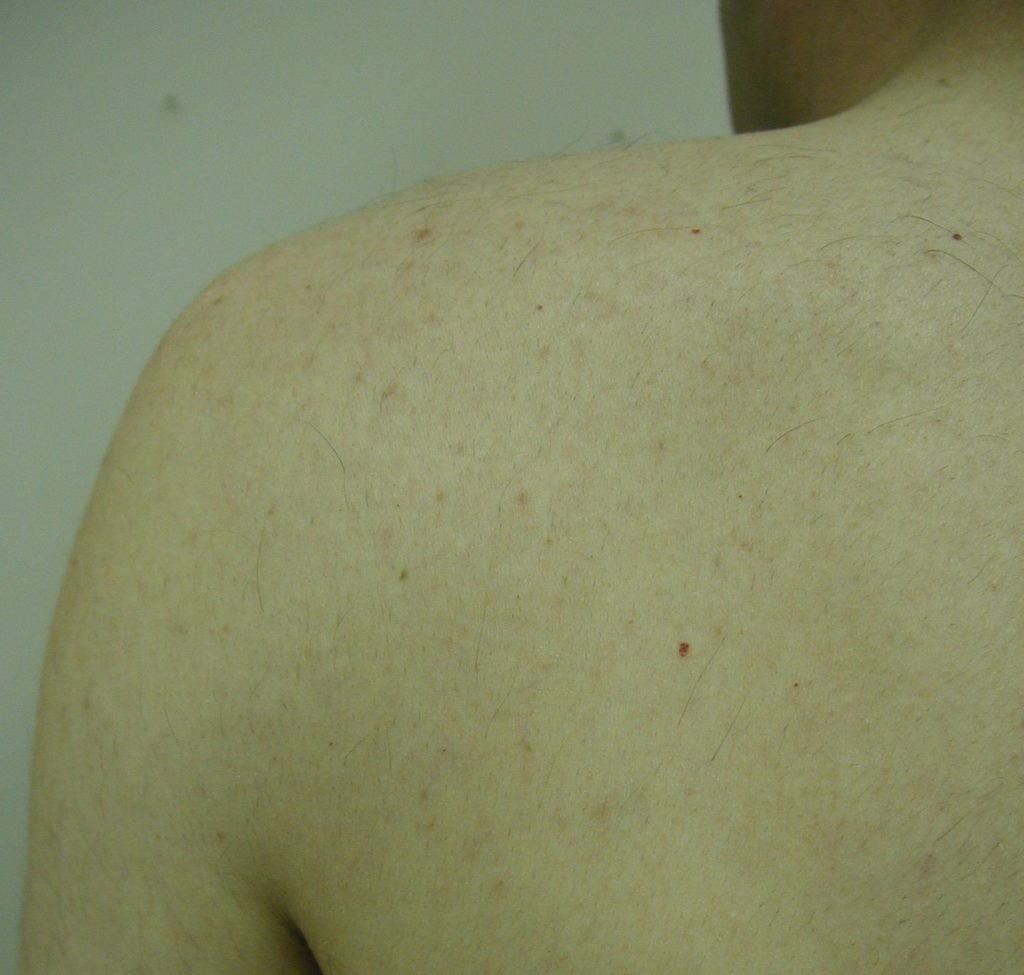
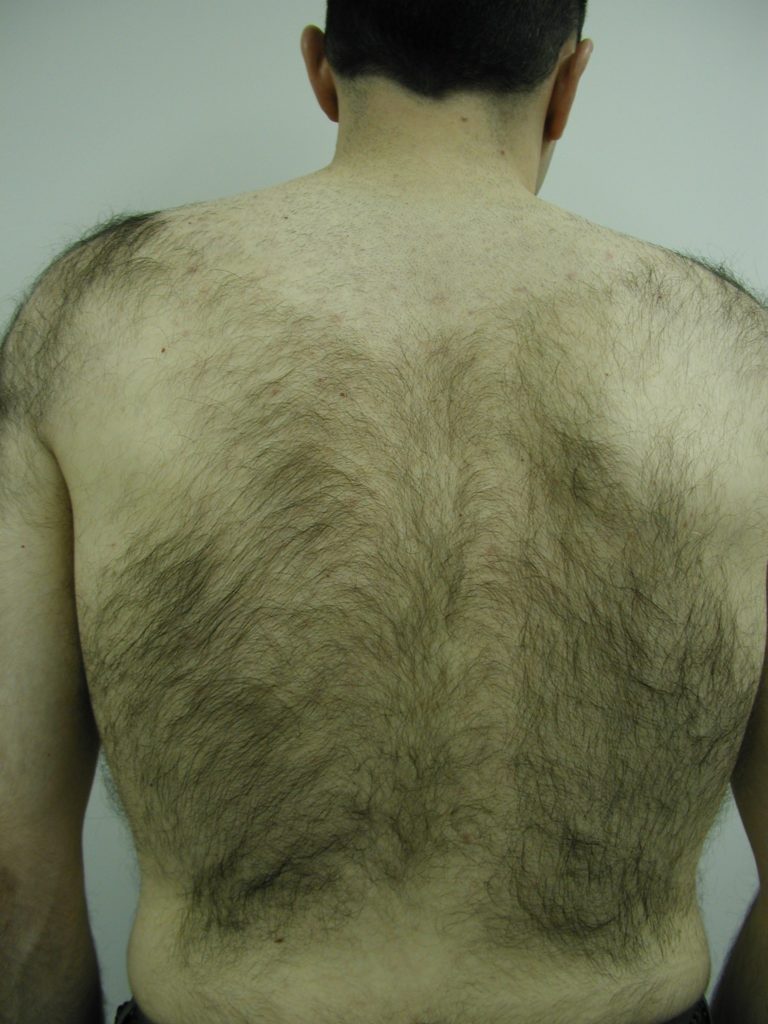
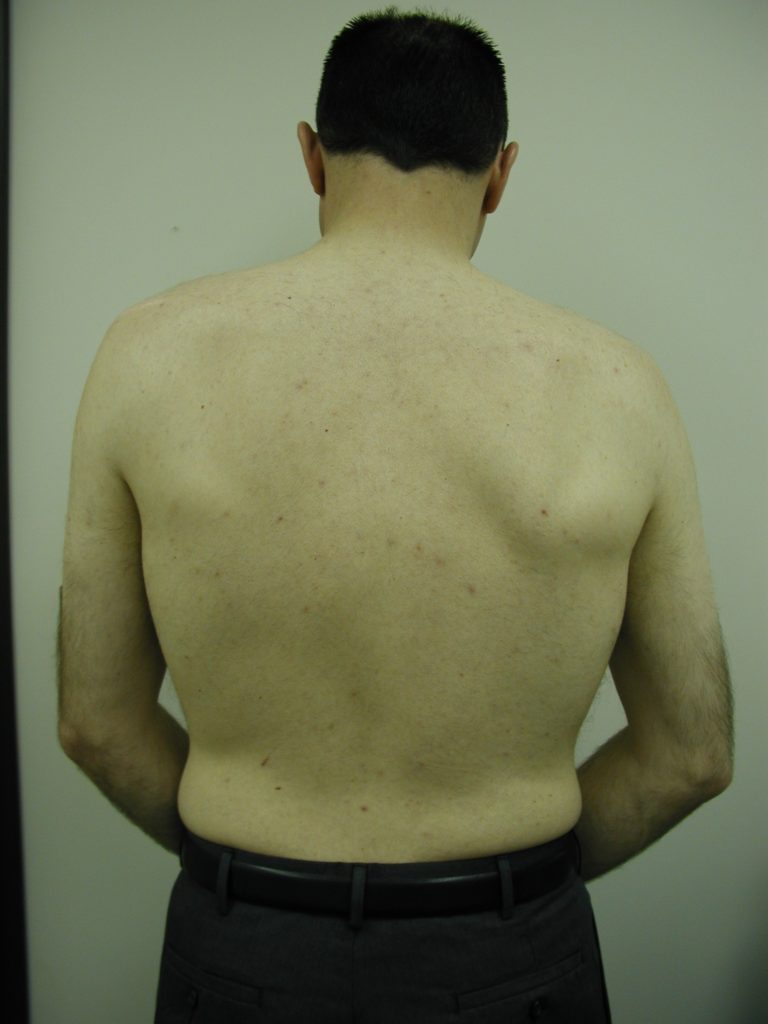
You are a good candidate if you have light brown to dark brown or black hair. If you are wanting to have a large area of hair removed, laser hair removal is fast and efficient, requiring fewer sessions as compared to electrolysis.
The area you want treated needs to be shaved. It is best to shave the area 1 to 2 days before. As a guideline:
● If you use a single blade razor to shave the area, shave the day of or the day before treatment.
● If you use a double or triple-blade razor to shave the area, shave two to three days before treatment. This will allow the hair to be at the correct treatment depth when you come in.
The area also needs to be cleaned and free of makeup and lotions. Please refer to our Pre/Post Laser Care sheet for more information.
You must avoid sunlight on your treated area for at least a week. It is best to only use products like aloe vera gel, Aveene spray, or bacitracin. Also, avoid lotion or occlusive topicals to the skin for at least a couple of days or more. For more aftercare instructions, please see the Pre/Post Laser Care sheet.
You can have laser hair removal on just about every part of your body. However, laser hair removal is not safe around the eyes. If you want your eyebrows shaped, electrolysis is the perfect alternative.
Smaller areas like lips or underarms take anywhere from 5 to 10 minutes. Full legs or larger areas such as backs or full chests can take around 30-45 minutes.
Each area of the body has a recommended guideline based on the hair growth cycle for that area of the body. For face, or smaller body parts, it’s recommended to treat the area every 4 to 6 weeks. For larger body parts such as legs, chest, or back it is recommended to treat the area every 6 to 8 weeks.
Laser hair removal generally does not require any real downtime. Immediately after having laser hair removal, your skin will be red or pink and be slightly swollen. Sometimes there is not much redness at all. It varies from person to person. Despite this, most people return to their everyday activities with little to no discomfort. Most of these side effects last between 1 to 3 days depending on skin type.
While laser hair removal is very safe and lasers today have many safety features built into the programming, there is always a risk of lightening or darkening the skin. However, these are temporary and usually go away after time. We take great pride in our care, skill, and expertise in making sure we provide an excellent treatment that is safe.
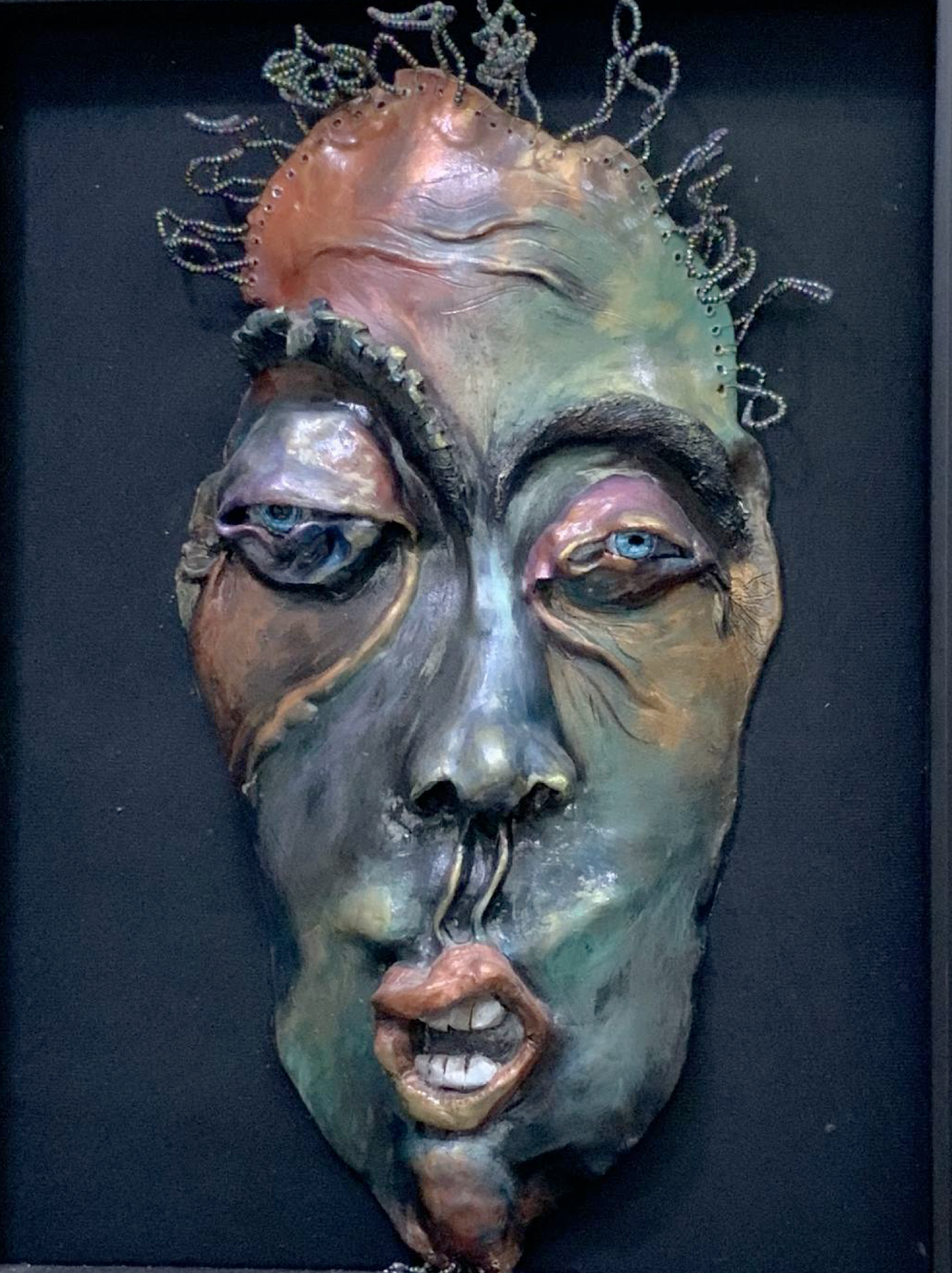
Call us today for a free consultation so we can help improve your appearance and confidence in a relaxed private environment.
CERAMIC FACES MADE BY LANI. *Results not typical.
One of the major questions that constantly comes up is “Why is laser referred to as ‘permanent hair reduction’ and electrolysis referred to as ‘the only permanent hair removal method’?“
When hair removal lasers were first introduced, the FDA approved them for permanent hair removal. Later, it was discovered that lasers were not capable of treating every color of hair. They work on brown and black hair, but not red, white, grey, or blonde hair. Since most people have combinations of different hair colors, the FDA now requires laser treatments to claim only “permanent hair reduction.”
It is important to remember that both electrolysis (which treats all color of hair) and laser (which only treats brown or black hair) effectively removes the visible hairs permanently, unless there is an underlying hormone or medical cause of hair growth which would continually stimulate new growth (e.g., PCOS and hormone replacement therapy) .
